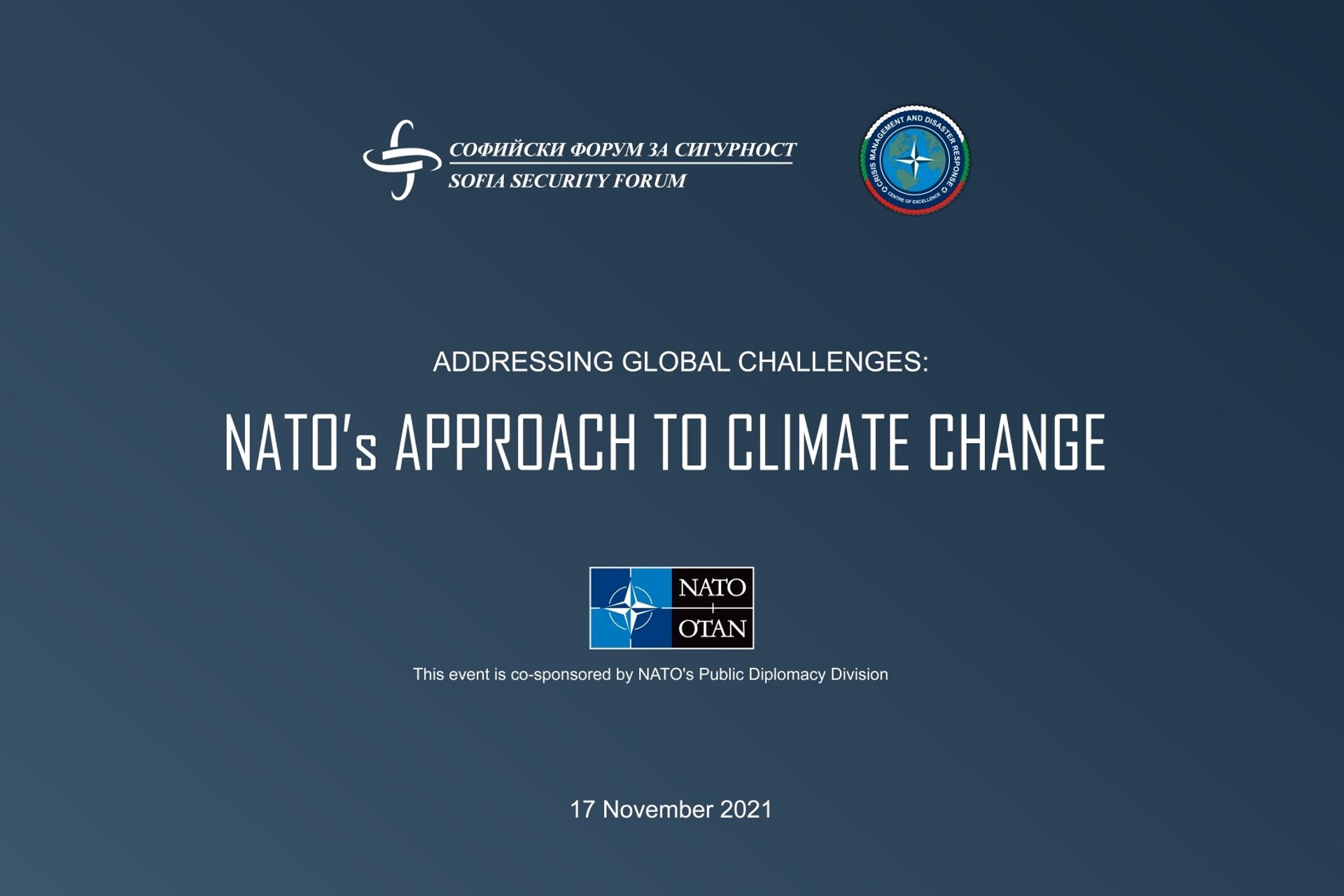Innovative Materials For A Cooler Urban India: Addressing Climate Change

Table of Contents
Reducing Urban Heat Island Effect with Reflective and Radiative Cooling Materials
The urban heat island effect occurs when urban areas experience significantly higher temperatures than surrounding rural areas. This is due to factors like reduced vegetation, increased impervious surfaces (concrete, asphalt), and heat generated by human activities. In Indian cities, this effect is amplified by intense sunlight and high population density. Combatting this requires materials that reflect sunlight and radiate heat away from surfaces.
Reflective Materials: Cool roofs and cool pavements, made with reflective materials, play a vital role in reducing surface temperatures.
- Examples: White cement, reflective paints incorporating cool pigments (like titanium dioxide), and specialized coatings designed to maximize solar reflectance.
- Thermal Performance, Lifespan, and Cost-Effectiveness: While initial costs might be slightly higher, the long-term benefits, including reduced energy consumption for cooling and extended building lifespan, often outweigh the investment. The effectiveness varies based on the material's solar reflectance index (SRI) and emissivity.
Radiative Cooling Materials: These materials go beyond simple reflection; they actively radiate heat into the atmosphere, even at night.
- Examples: Special paints and coatings engineered to enhance infrared radiation emission. Research is ongoing into advanced materials that can achieve even greater cooling effects.
- Effectiveness: The effectiveness of radiative cooling depends on atmospheric conditions, with clearer night skies offering better radiative cooling potential.
Energy-Efficient Building Materials for Sustainable Construction
Energy-efficient building materials are paramount in reducing energy consumption in buildings, a major contributor to greenhouse gas emissions and the urban heat island effect. Sustainable and locally sourced materials offer a double advantage – environmental friendliness and reduced transportation costs.
Sustainable and Locally Sourced Materials: Embracing locally available materials reduces the carbon footprint associated with transportation and manufacturing.
- Examples: Bamboo, a rapidly renewable resource, offers excellent structural strength and thermal properties. Rammed earth construction, an ancient technique, uses compacted earth to create durable and thermally efficient walls. Recycled materials, like recycled concrete aggregate (RCA), offer a sustainable alternative to virgin materials.
- Advantages and Disadvantages: Each material offers a unique set of advantages and disadvantages concerning thermal performance, cost, and environmental impact. For example, bamboo requires proper treatment to resist pests, while rammed earth construction may be less suitable for all climates.
Advancements in Insulation Materials: Improved insulation minimizes heat transfer, reducing the need for air conditioning.
- Examples: Aerogel, a highly porous material, offers exceptional insulation properties. Vacuum insulation panels (VIPs) create a vacuum between layers, further minimizing heat transfer.
- Thermal Properties, Cost, and Applicability: While these innovative insulation materials offer superior performance, their cost might be higher than traditional options. However, long-term energy savings can justify the initial investment, making them particularly relevant for new constructions in India's varied climate zones.
Green Infrastructure and its Role in Urban Cooling
Green infrastructure – trees, green roofs, and green walls – plays a crucial role in mitigating the urban heat island effect by providing shade, reducing surface temperatures, and increasing evapotranspiration (the process where water evaporates from plants).
Appropriate Plant Species: Selecting appropriate plant species is crucial for their effectiveness in different climatic conditions.
- Examples: Indigenous trees and drought-tolerant plants are ideally suited for Indian cities, offering both cooling benefits and biodiversity advantages.
- Benefits Beyond Temperature Reduction: Green infrastructure significantly improves air quality by absorbing pollutants and promotes biodiversity, enhancing the overall urban environment.
Integrating Green Infrastructure into Urban Planning: Integrating green infrastructure needs to be a core aspect of urban planning and design.
- Examples of Successful Projects: Several Indian cities are already incorporating green infrastructure projects, demonstrating their effectiveness.
- Challenges and Solutions: Challenges include land availability, maintenance costs, and public awareness. Addressing these challenges requires collaborative efforts from policymakers, urban planners, and communities.
Building a Cooler, More Sustainable Future with Innovative Materials
In conclusion, the adoption of innovative materials—from reflective and radiative cooling materials to energy-efficient and sustainable building materials and strategic green infrastructure—is crucial for creating a cooler and more sustainable urban India. Addressing climate change in our cities requires immediate action. We must embrace these sustainable practices and innovations to mitigate the urban heat island effect and build resilient, livable cities. We need collaborative efforts between policymakers, researchers, and the construction industry to accelerate the adoption of these innovative materials. Invest in research and development of innovative materials for a cooler urban India. Let's build a more sustainable future, one innovative material at a time.

Featured Posts
-
 The Threat Of Measles Canadas Elimination Status Faces Imminent Danger
May 30, 2025
The Threat Of Measles Canadas Elimination Status Faces Imminent Danger
May 30, 2025 -
 Kyonigsbergskaya Operatsiya Rol Blagoveschenskoy Tserkvi I Figura Karpova
May 30, 2025
Kyonigsbergskaya Operatsiya Rol Blagoveschenskoy Tserkvi I Figura Karpova
May 30, 2025 -
 Jon Jones Vs Nate Diaz Ufc Legend Chooses Diaz Over Aspinall
May 30, 2025
Jon Jones Vs Nate Diaz Ufc Legend Chooses Diaz Over Aspinall
May 30, 2025 -
 Astthmar Dwytshh Bnk Fy Alimarat Frs Jdydt Waedt
May 30, 2025
Astthmar Dwytshh Bnk Fy Alimarat Frs Jdydt Waedt
May 30, 2025 -
 Alcaraz Vs Musetti A Monte Carlo Masters Showdown In 2025
May 30, 2025
Alcaraz Vs Musetti A Monte Carlo Masters Showdown In 2025
May 30, 2025
